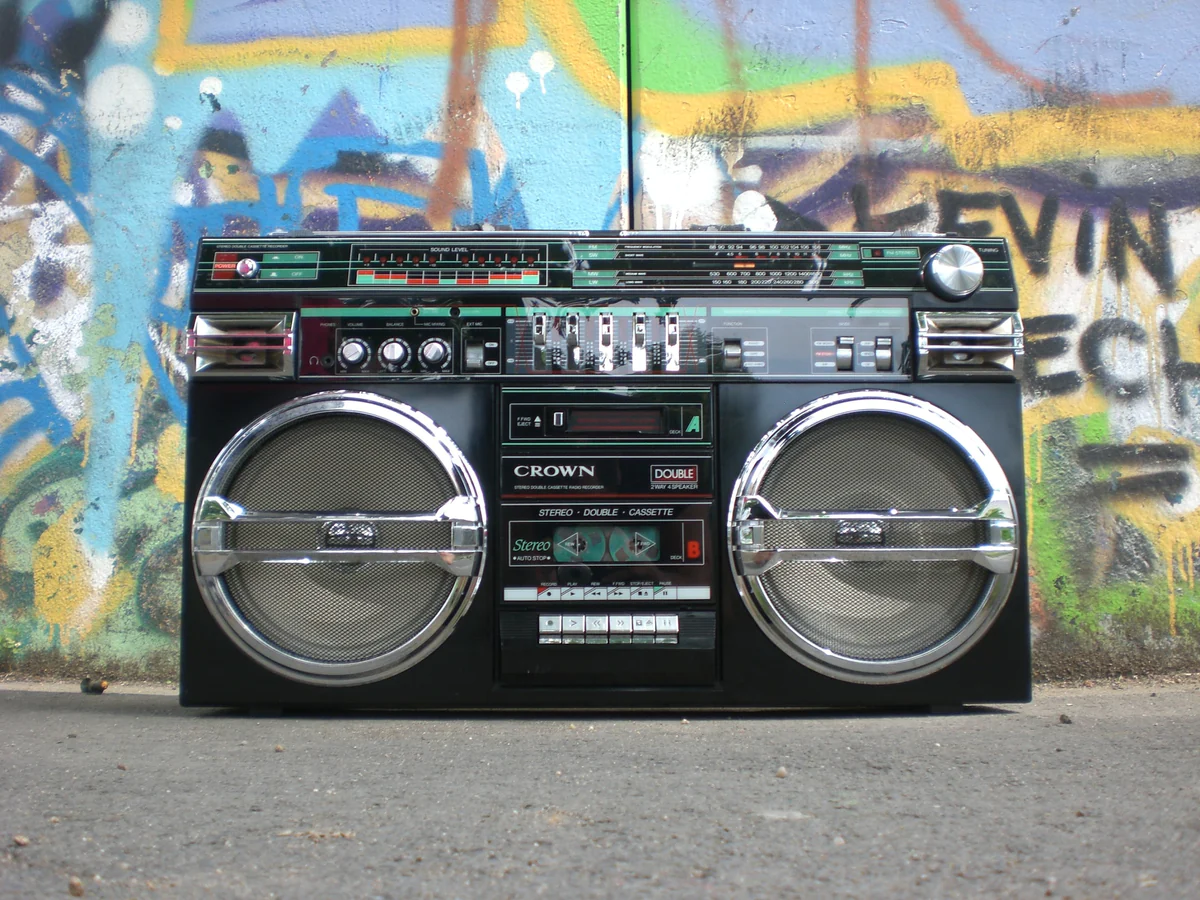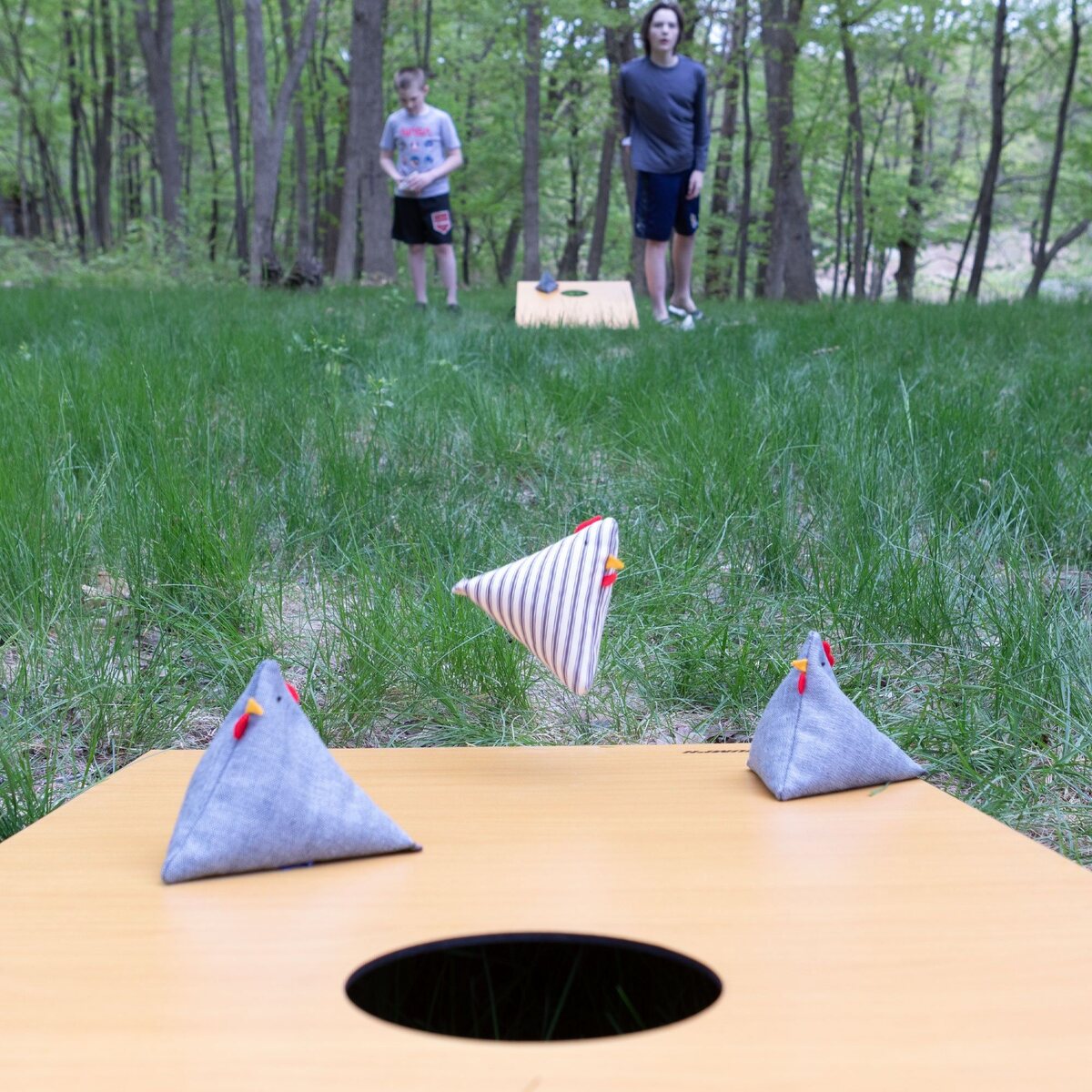Home>Gardening & Outdoor>Outdoor Recreation & Activities>When Was Jenga Invented


Outdoor Recreation & Activities
When Was Jenga Invented
Published: January 19, 2024
Discover the history of Jenga and its impact on outdoor recreation and activities. Learn about the origins of this popular game and its enduring appeal.
(Many of the links in this article redirect to a specific reviewed product. Your purchase of these products through affiliate links helps to generate commission for Storables.com, at no extra cost. Learn more)
**
Introduction
**
Jenga, the classic game of skill, strategy, and a steady hand, has been a beloved pastime for individuals of all ages for decades. This timeless game has a fascinating history, from its invention to its widespread popularity across the globe. In this article, we will delve into the intriguing story behind the creation of Jenga, explore its rise to fame, and uncover the reasons behind its enduring appeal. Join us on a journey through time as we unravel the captivating tale of Jenga.
**
Key Takeaways:
- Jenga, a classic game invented in 1983, has a rich history and universal appeal, bringing joy and excitement to players of all ages worldwide.
- Inspired by children playing with wooden blocks in Ghana, Jenga’s simple yet captivating concept has stood the test of time, fostering lighthearted competition and shared enjoyment.
Read more: When Was The Bathtub Invented
The History of Jenga
**
Jenga, a game that has brought joy and excitement to countless gatherings, has a rich and captivating history. The origins of Jenga can be traced back to the early 1970s when Leslie Scott, a British board game designer, was living in Ghana. It was during her time in Ghana that Scott observed local children playing with wooden blocks, stacking them to create simple yet intricate structures. Inspired by this sight, she recognized the potential for a game that combined skill, strategy, and suspense.
Upon returning to England, Leslie Scott and her siblings worked together to develop the concept into a game that would soon become known as Jenga. The name “Jenga” is derived from the Swahili word for “build,” which perfectly encapsulates the essence of the game.
After refining the design and rules, Jenga was officially launched in 1983. The game quickly gained popularity, captivating players with its straightforward yet challenging gameplay. The allure of Jenga lies in its simplicity: players take turns removing wooden blocks from a tower and carefully placing them on top, all while striving to maintain the tower’s stability. With each move, the tension mounts, creating an electrifying atmosphere that keeps players on the edge of their seats.
As Jenga continued to captivate players around the world, it underwent various iterations and adaptations, further solidifying its status as a beloved classic. From themed editions to giant-sized versions, Jenga has evolved while retaining the core elements that make it a timeless favorite.
The history of Jenga is a testament to the enduring appeal of well-crafted games that bring people together, spark laughter, and create cherished memories. As we delve deeper into the invention of Jenga, we will uncover the creative process that brought this iconic game to life.
**
The Invention of Jenga
**
The invention of Jenga is a tale of inspiration, creativity, and a keen eye for the potential of everyday experiences. Leslie Scott’s observation of children playing with wooden blocks in Ghana sparked the initial idea for the game. This simple yet captivating sight laid the foundation for what would eventually become a global sensation.
Upon returning to England, Leslie Scott and her siblings embarked on the journey of refining the concept into a fully-fledged game. The development process involved meticulous attention to detail, from the selection of high-quality wooden blocks to the establishment of rules that would create an exhilarating and suspenseful experience for players.
One of the defining features of Jenga is its elegant simplicity. The game comprises 54 wooden blocks, which are stacked to form a sturdy tower at the outset. Players then take turns carefully removing a block from the tower and placing it on top, all while striving to maintain the tower’s stability. This seemingly straightforward task becomes increasingly challenging as the tower grows taller and more precarious with each move.
The genius of Jenga lies in its ability to captivate players of all ages, transcending cultural and linguistic barriers with its universal appeal. The game’s design encourages strategic thinking, steady-handed precision, and a dash of daring as players navigate the delicate balance between risk and reward.
As Jenga made its debut in 1983, it quickly garnered attention for its innovative concept and engrossing gameplay. The carefully crafted wooden blocks, with their smooth surfaces and precisely measured dimensions, are integral to the game’s tactile and visual appeal. The tactile experience of handling the blocks and the visual spectacle of the tower taking shape create a multisensory delight for players.
The invention of Jenga represents the fusion of inspiration, ingenuity, and a deep understanding of what makes a game truly captivating. Leslie Scott’s vision and creative spirit culminated in the birth of a game that continues to bring joy and excitement to millions of people worldwide. As we explore the rise of Jenga in popularity, we will uncover the profound impact it has had on the world of games and entertainment.
**
Jenga was invented in the 1970s by Leslie Scott, who was inspired by a game played with wooden blocks in Africa.
The Rise of Jenga in Popularity
**
From its humble beginnings to its global acclaim, the rise of Jenga in popularity is a testament to the game’s universal appeal and enduring charm. Following its introduction in 1983, Jenga swiftly captured the imagination of players around the world, transcending cultural boundaries and captivating individuals of all ages.
One of the key factors contributing to Jenga’s widespread popularity is its accessibility. The game’s intuitive rules and simple premise make it easy for anyone to grasp, regardless of their familiarity with traditional board games. This accessibility has played a pivotal role in Jenga’s ability to bring people together, fostering moments of lighthearted competition and shared enjoyment.
As Jenga gained momentum, it became a staple in homes, schools, and social gatherings, serving as a source of entertainment and laughter. The game’s ability to elicit genuine moments of suspense and excitement has solidified its status as a beloved classic, standing the test of time amid ever-changing trends in the gaming industry.
Furthermore, the adaptability of Jenga has contributed to its enduring popularity. The game has seen various themed editions and special versions, each offering a fresh twist while retaining the core mechanics that make Jenga so captivating. Whether it’s a themed edition tied to a popular movie or a giant-sized version that adds a new dimension of challenge, Jenga continues to reinvent itself while staying true to its essence.
Moreover, Jenga has made its mark in popular culture, appearing in films, television shows, and social media challenges. Its presence in the cultural zeitgeist has further cemented its status as an iconic game with a lasting impact. The sight of a towering Jenga structure has become synonymous with friendly competition, strategic thinking, and the thrill of testing one’s dexterity and nerve.
The enduring popularity of Jenga is a testament to the timeless appeal of well-crafted games that foster camaraderie and excitement. As we reflect on the journey of Jenga from its inception to its global renown, it becomes evident that this classic game has left an indelible mark on the world of entertainment, bringing joy to countless individuals and leaving a legacy that continues to thrive.
**
Conclusion
**
In conclusion, the story of Jenga is a tale of creativity, innovation, and the enduring power of a well-designed game. From its origins in Ghana to its global acclaim, Jenga has captured the hearts and imaginations of players across generations, transcending cultural boundaries and leaving an indelible mark on the world of entertainment.
The history of Jenga is a testament to the transformative potential of everyday experiences. Leslie Scott’s keen observation of children playing with wooden blocks in Ghana sparked the initial idea for a game that would soon become a beloved classic. This simple yet profound inspiration laid the foundation for a game that continues to bring joy and excitement to millions of people worldwide.
With its elegant simplicity and universal appeal, Jenga has become a symbol of lighthearted competition, strategic thinking, and shared moments of laughter. The game’s accessibility, adaptability, and presence in popular culture have contributed to its enduring popularity, ensuring that it remains a cherished pastime for years to come.
As we reflect on the journey of Jenga, from its invention to its rise in popularity, it becomes clear that this iconic game has left an indelible legacy. Whether it’s the thrill of carefully removing a block from the towering structure or the joy of witnessing the tower reach new heights, Jenga continues to spark delight and camaraderie among players of all ages.
Ultimately, the story of Jenga is a testament to the timeless allure of well-crafted games that bring people together, inspire moments of shared enjoyment, and create cherished memories. As Jenga continues to stand as a beloved classic, it serves as a reminder of the enduring joy that can be found in the simple act of building and balancing, one block at a time.
Frequently Asked Questions about When Was Jenga Invented
Was this page helpful?
At Storables.com, we guarantee accurate and reliable information. Our content, validated by Expert Board Contributors, is crafted following stringent Editorial Policies. We're committed to providing you with well-researched, expert-backed insights for all your informational needs.
















0 thoughts on “When Was Jenga Invented”